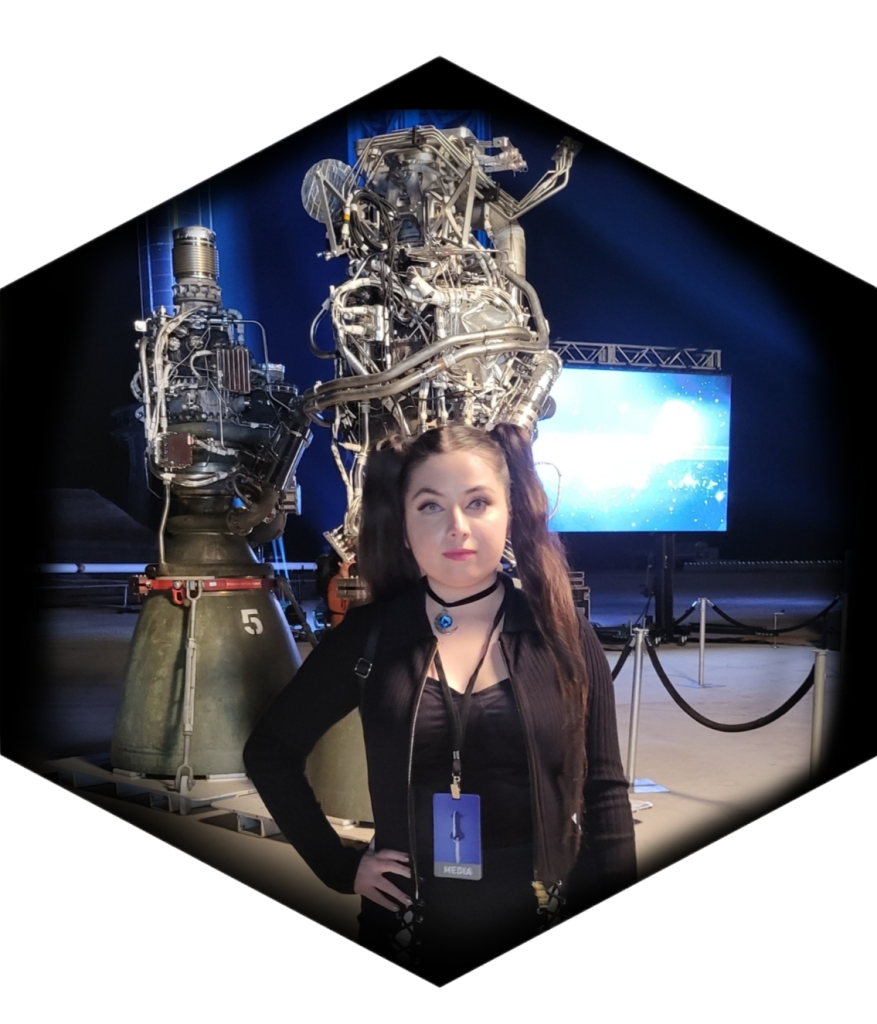
Story continues after Advertisements
SpaceX marked another milestone in its ambitious Starship program with a successful static-fire test conducted at Starbase Boca Chica Beach, Texas, on March 25. The Starship, identified as SN29 (serial number twenty nine), is equipped with six methane-fueled Raptor engines, three designed for atmospheric flight and three with a much larger nozzle designed for propulsion in space, referred to as vacuum optimized engines.
Starship SN29 underwent a full-duration ignition test, which is a standard pre-flight preparation that allows engineers to evaluate performance while the stainless-steel spacecraft remains anchored to the launch pad. This test paves the way for the fourth Starship integrated flight test (IFT-4). The company shared a video of the testing operation, shown below.
Full-duration static fire of all six Raptor engines on Flight 4 Starship pic.twitter.com/HzS4SeaoEV
— SpaceX (@SpaceX) March 25, 2024
Gwynne Shotwell, President and Chief Operating Officer of SpaceX, shared that the upcoming flight is expected to occur in early May. Speaking at the Satellite 2024 conference, she indicated the potential timeline. “We’re still going through the data” from the flight, Shotwell said. “It was an incredibly successful flight. We hit exactly where we wanted to go.”
“[…] We’ll figure out what happened on both stages, […] and get back to flight hopefully in about six weeks,” she said at the conference on March 19. The U.S. Federal Aviation Administration (FAA) and SpaceX are currently investigating what occurred during Starship Flight 3 to implement safety measures before granting a spaceflight license for Flight 4. If the company obtains FAA approval by early May, it will be the quickest turnaround for a Starship launch. Previous Starbase launches had 6 to 7 months between flights.
Story continues after Advertisements
The focus of the upcoming flights will be on reentry and achieving a controlled ocean landing. The Starship Super Heavy launch system demonstrated promising performance during its last test flight on March 14. Both stages executed successful ascent burns, and the Super Heavy booster performed a successful “boostback” burn to position itself for a splashdown in the Gulf of Mexico. However, the booster’s landing burn encountered issues, resulting in its breakup approximately 1,650 feet above the ocean. The Starship achieved several milestones during its flight, including the successful opening and closing of its payload door in space. However, the craft broke apart upon re-entering Earth’s atmosphere, deviating from the planned splashdown in the Indian Ocean but it enabled SpaceX engineers to gather vital data to develop the spacecraft. Read more in the previous Cosmic Chronicles story: SpaceX Celebrates 22nd Anniversary with Major Milestones Achieved During Starship Flight Test 3
Author’s note: Thanks for reading Cosmic Chronicles. Write your thoughts in the comment section below. If you have story suggestions or feedback, Direct Message me on social media 𝕏: Evelyn Janeidy Arevalo @JaneidyEve. Read the most recent stories featured below. Thank You.
Featured Images Source: SpaceX
















Leave a Reply